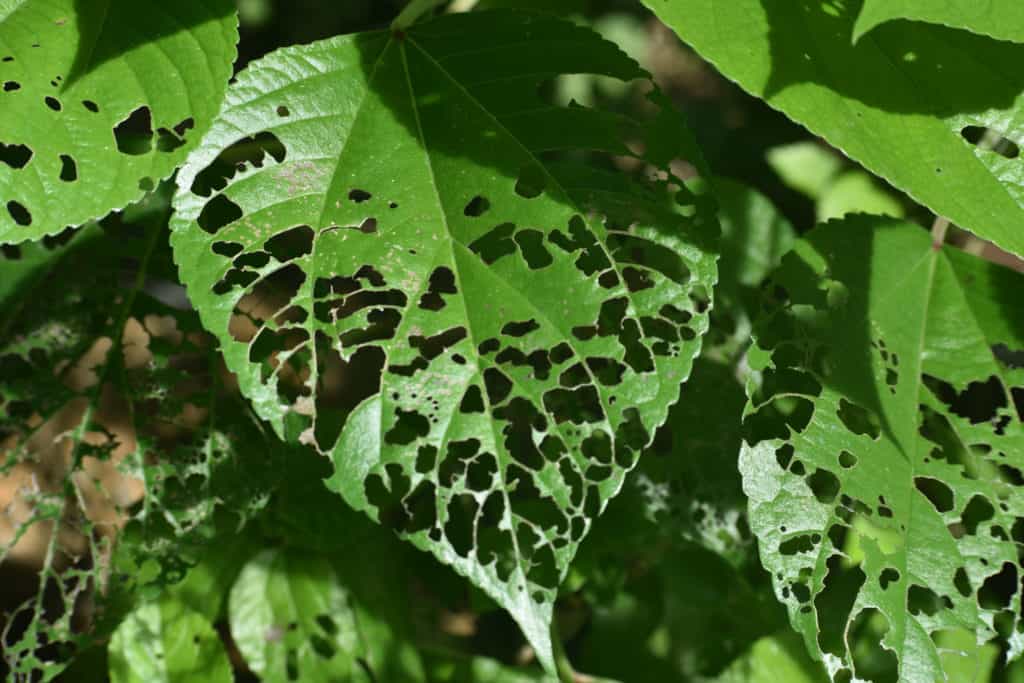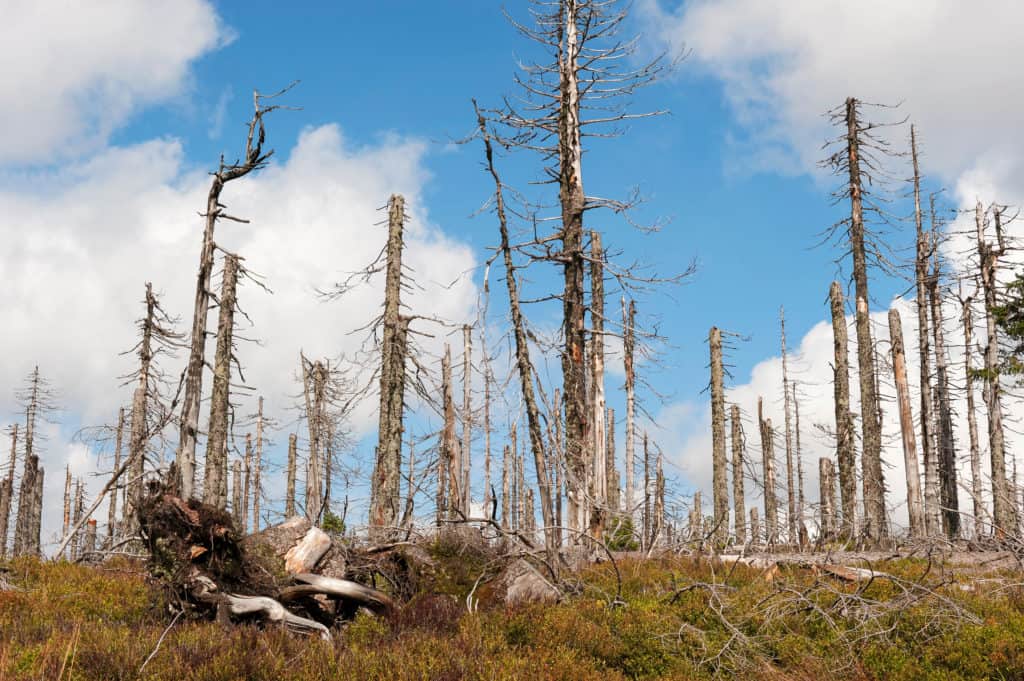Invasive Pests and the Destruction in Their Wake
Invasive Pests and the Destruction in Their Wake
Invasive Pests
Pests aren’t just invasive in our yards and homes; they can also infest whole areas and wreak havoc on local ecosystems. The pests that are typically responsible for such destruction are three different kinds of insects: sap-feeders, wood-borers, and foliage-feeders.
Sap-feeders include insects like box elder bugs, mealybugs, and whiteflies. These insects utilize a special structure of their mouths to penetrate into plants in order to reach the sap. Wood-boring insects are far more infamous than sap-feeders as they can destroy both forests and homes. Some of the most common ones include termites, carpenter ants, carpenter bees, and various different kinds of beetles. And finally, foliage-feeders that tend to destroy gardens and crops include maggots, grasshoppers, aphids, and various different types of beetles.

Death in Their Wake
Professor Songlin Fei of the United States Department of Forestry and Natural Resources led a team that deeply analyzed the data of 93,000 US forest plots over 10 years. In this data, he discovered that both invasive insects and pathogens have been wiping out significant tree populations with special respect to chestnut, ash, and elm trees. Their effects were so great in some areas, in fact, that it could rival human-driven deforestation.
Of the invasive species that Fei studied, the majority (9) were pathogens and the rest were divided amongst destructive insects. Annually, their impact is creating a 0.04% loss of our forests. “While the total biomass losses reported here are only a relatively small percentage of the total biomass, it is important to emphasize that the trajectory of future impacts of these pests can be anticipated to increase, as most of the damaging pests analyzed here have not invaded the full ranges of their hosts,” the research team explained in their published findings in the Proceedings of the National Academy of Sciences.
While the deforestation is a concern in its own right, there are even deeper ramifications to this destruction.

The Carbon Conundrum
Trees possess the amazing ability to clean our air by taking in carbon dioxide. Unfortunately, with the 0.04% biomass loss each year, that means roughly 5.53 teragrams of carbon 6 million tons) is also being released back into the atmosphere. This is equivalent to the emissions of 5 million cars in a year! “Not all of those dead trees immediately become carbon sources,” Fei explains, “but they are being taken away from the live biomass, which function as carbon sinks. Part of the dead biomass will eventually get into the atmosphere.”
This is a stab from a double edged sword into the current conservation efforts on our planet. Not only does the loss of these trees mean we have less natural removal of carbon dioxide, but the pest infested (and eventually killed) trees will soon also contribute to the excess carbon in the atmosphere. “If we are thinking of forests as a tool to mitigate climate change, the tool itself is being challenged by these invasive pests. [In fact] not only is the tool damaged, but also it’s becoming an impediment,” Fei says.

What Can Be Done?
The best way to preserve the biomass we still have and prevent future destruction to forests in a similar manner is by working to reduce the destructive pests themselves. Researchers are looking into teaming up with pest control experts in order to help formulate plans to curb the effects of these nasty invasive pests. Further research into this dilemma and how we can tackle it is being funded by the National Science Foundation as well as the USDA. “Proactive policies aimed at mitigating future invasions are likely to yield secondary benefits of reducing greenhouse gas emissions.

Citations
Nagro, A. (2020) Invasive Pests Kill so Many Trees Each Year, it’s Equal to 5 Million Car Emissions, Pest Control Technology. Available at: https://www.pctonline.com/article/invasive-pests-kill-so-many-trees-each-year-its-equal-to-5-million-car-emissions/ (Accessed: October 2020).
Sucking Pests (no date) Texas A&M University’s AgriLife Research and Extension Center. Available at: https://citybugs.tamu.edu/factsheets/landscape/sapfeed/ (Accessed: October 2020).
Keep Pests Out of Your Holiday Gatherings
Keep Pests Out of Your Holiday Gatherings Keep Pests Out of Your Holiday Gatherings Summary: The holiday season is all about good food [...]
Cold Weather vs. Warm Weather Infestations: How Temperature Shapes Pest Activity
Cold Weather vs. Warm Weather Infestations: How Temperature Shapes Pest Activity Cold Weather vs. Warm Weather Infestations: How Temperature Shapes Pest Activity Summary: [...]
Garden Pests Do Not Hibernate Indoors – How They Attack Houseplants And What To Do
Garden Pests Do Not Hibernate Indoors – How They Attack Houseplants And What To Do Garden Pests Do Not Hibernate Indoors – How They Attack [...]
The Scariest Pests (And Why They Freak Us Out)
The Scariest Pests (And Why They Freak Us Out) The Scariest Pests (And Why They Freak Us Out) Summary: A practical, homeowner-friendly guide [...]
Favorite Foods of Rats and Mice
Favorite Foods of Rats and Mice Favorite Foods of Rats and Mice Summary: Rats and mice are surprisingly picky about what they eat—especially [...]
Where Do Spiders Like to Hide? A Locals’ Guide to Sneaky Spider Spots (and What to Do About Them)
Where Do Spiders Like to Hide? A Locals’ Guide to Sneaky Spider Spots (and What to Do About Them) Where Do Spiders Like to Hide? [...]

